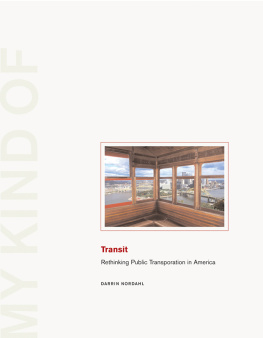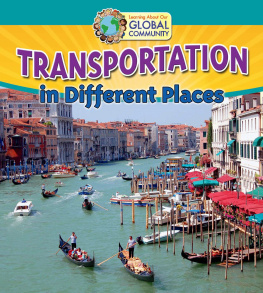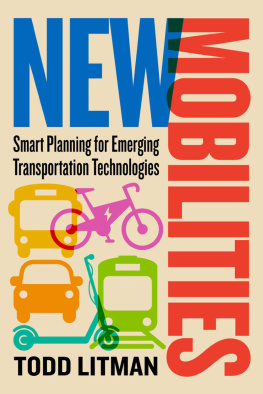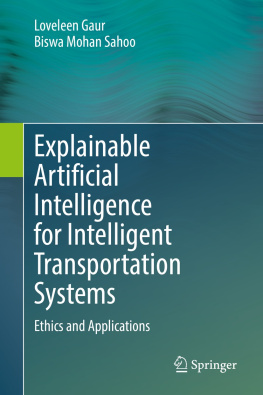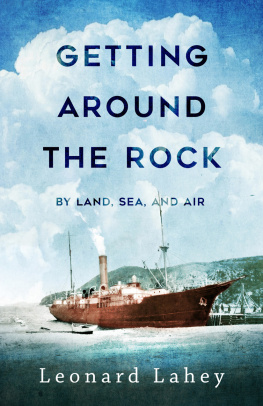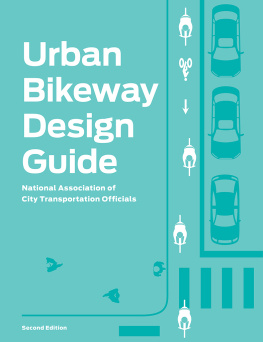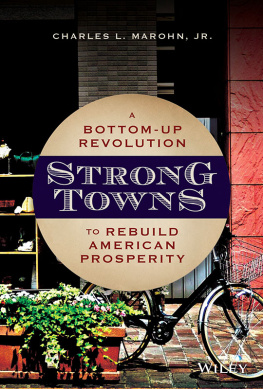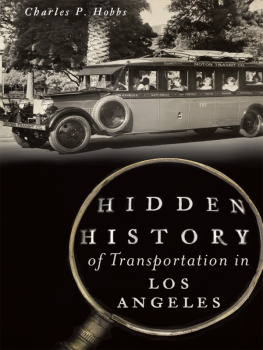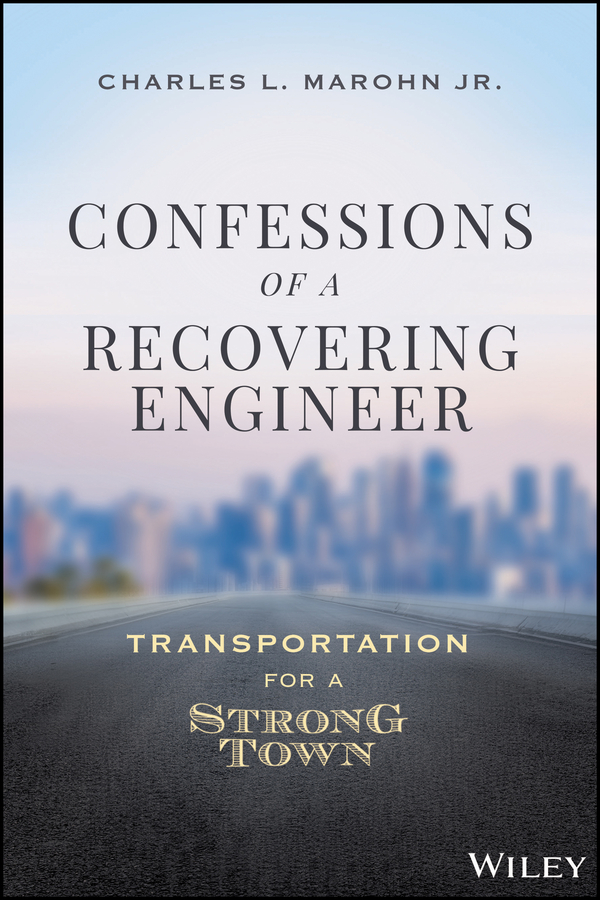
Table of Contents
List of Tables
- Chapter 1
- Chapter 2
- Chapter 5
List of Illustrations
- Chapter 2
- Chapter 4
- Chapter 5
- Chapter 7
Guide
Pages
CHARLES L. MAROHN, JR
CONFESSIONS OF A RECOVERING ENGINEER
TRANSPORTATION FOR A STRONG TOWN

Copyright 2021 by Charles L. Marohn, Jr. All rights reserved.
Published by John Wiley & Sons, Inc., Hoboken, New Jersey.
Published simultaneously in Canada.
No part of this publication may be reproduced, stored in a retrieval system, or transmitted in any form or by any means, electronic, mechanical, photocopying, recording, scanning, or otherwise, except as permitted under Section 107 or 108 of the 1976 United States Copyright Act, without either the prior written permission of the Publisher, or authorization through payment of the appropriate per-copy fee to the Copyright Clearance Center, Inc., 222 Rosewood Drive, Danvers, MA 01923, (978) 750-8400, fax (978) 646-8600, or on the Web at www.copyright.com. Requests to the Publisher for permission should be addressed to the Permissions Department, John Wiley & Sons, Inc., 111 River Street, Hoboken, NJ 07030, (201) 748-6011, fax (201) 748-6008, or online at http://www.wiley.com/go/permissions.
Limit of Liability/Disclaimer of Warranty: While the publisher and author have used their best efforts in preparing this book, they make no representations or warranties with respect to the accuracy or completeness of the contents of this book and specifically disclaim any implied warranties of merchantability or fitness for a particular purpose. No warranty may be created or extended by sales representatives or written sales materials. The advice and strategies contained herein may not be suitable for your situation. You should consult with a professional where appropriate. Neither the publisher nor author shall be liable for any loss of profit or any other commercial damages, including but not limited to special, incidental, consequential, or other damages.
For general information on our other products and services or for technical support, please contact our Customer Care Department within the United States at (800) 762-2974, outside the United States at (317) 572-3993 or fax (317) 572-4002.
Wiley publishes in a variety of print and electronic formats and by print-on-demand. Some material included with standard print versions of this book may not be included in e-books or in print-on-demand. If this book refers to media such as a CD or DVD that is not included in the version you purchased, you may download this material at http://booksupport.wiley.com. For more information about Wiley products, visit www.wiley.com.
Library of Congress Cataloging-in-Publication Data
Names: Marohn, Charles L., Jr., author.
Title: Confessions of a Recovering Engineer : Transportation For a Strong Town / Charles Marohn.
Description: First edition. | Hoboken, New Jersey : Wiley, [2021] | Includes index.
Identifiers: LCCN 2021015785 (print) | LCCN 2021015786 (ebook) | ISBN 9781119699293 (hardback) | ISBN 9781119701194 (ePDF) | ISBN 9781119699255 (ePub)
Subjects: LCSH: Urban transportationUnited States. | Cities and townsUnited StatesGrowth. | EngineeringUnited States.
Classification: LCC HE308 .M37 2021 (print) | LCC HE308 (ebook) | DDC 388.40973dc23
LC record available at https://lccn.loc.gov/2021015785
LC ebook record available at https://lccn.loc.gov/2021015786
COVER DESIGN: PAUL MCCARTHY
COVER ART: GETTY IMAGES | JUNXIAN ZHU
This book is dedicated to the memory of Destiny Gonzalez and all whose lives have been cut short by America's transportation system, and to Sagrario Gonzalez, her husband, Luis, and all who have suffered great loss on our nation's roads and streets, and to Sandra Zemtsova, along with everyone who must live knowing that others did not.
May this book reduce your pain.
Introduction: Conversation with an Engineer
Hello, I'm the project engineer. I heard you have a concern about the street improvement we have planned for your neighborhood.
I was feeling nervous about going out to speak with her, though I had no reason to believe that this would go poorly. I extended a hand as she stepped out her door and into the front yard. We had a firm but friendly handshake, and she gave me a smile.
I was the project engineer, and this was my job. I needed to be able to speak with the public, smoothing over concerns, if I was going to advance in my chosen profession. I had been on many such visits with other, more senior engineers, watching and learning from how they handled sensitive interactions like this. Now it was my turn. I waited for her to speak next.
Yes, I heard that you are planning to improve my street. What will this mean for my neighborhood?
Perfect. I had anticipated this question, of course, and I knew exactly how to answer it. This is the reason why I was here. My confidence growing, I responded.
We plan to correct deficiencies in the grade as well as deficiencies in the curvature of the existing alignment. We also plan to enhance the clear zone in order to bring the street up to an acceptable and safe standard.
She gave me an odd look, like I was speaking a foreign language.
So, you are going to make the street safer?
Yes, of course.
How are you going to make the street safer?
Civil engineering is a four-year program, although most of my peers took five to earn their degree. The four-year pace is rigorous, while the coursework is deeply technical. Upon graduation, an engineer wishing to be licensed will take a grueling, eight-hour test called the Fundamentals of Engineering Exam (FEE), after which they become an Engineer in Training (EIT).
The path to licensure then requires the EIT to work for four years in an apprentice capacity under the direct supervision of a licensed engineer. This is a time to go beyond theory and become knowledgeable in the standards and practices of the profession. After four years of gaining wisdom through working, and only with the support of another licensed engineer, an EIT becomes eligible to take the licensing exam and become a Professional Engineer (PE).
I attained my degree in four years. I passed the FEE on my first try. I had done my four years working as an EIT for some distinguished engineers, and I passed my licensing exam on my first attempt.
I stood in this yard, adjacent to a street I had been asked to design, as a licensed PE the proud steward of wisdom that, in some respects, dated all the way back to the ancient Romans, Greeks, and beyond. This might be my first solo project, but I was confident because I knew what I was talking about.
Well, first we are going to correct deficiencies in the grade and in the alignment.
What does that mean?
Safety is the primary responsibility of any licensed engineer. There really isn't a close second. It's written into our codes of ethics. It's embedded into our design processes. Safety is the reason why the state requires a license to practice engineering. It's why the city hired my firm for this job. It's why I was standing there.
If there was one single thing motivating me on this project, it was the desire to make this street safer.
Next page

